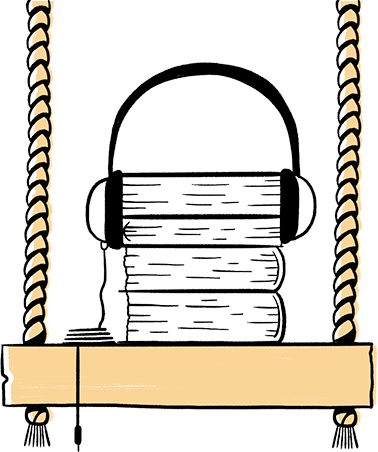Book details

The Mysterious Mrs. Nixon
The Life and Times of Washington’s Most Private First Lady
Author: Heath Hardage Lee; read by Jane Oppenheimer



The Mysterious Mrs. Nixon
$26.99
About This Book
Book Details
A new, revolutionary look into the brilliant life of Pat Nixon.
In America’s collective consciousness, Pat Nixon has long been perceived as enigmatic. She was voted “Most Admired Woman in the World” in 1972 and made Gallup Poll’s top ten list of most admired women fourteen times. She survived the turmoil of the Watergate scandal with her popularity and dignity intact. And yet, the media often portrayed Mrs. Nixon as elusive and mysterious. The real Pat Nixon, however, bore little resemblance to the woman so often described in the press. Pat married California lawyer Richard Nixon in June of 1940, becoming a wife, mother, and her husband’s trusted political partner in short order. As the couple rose to prominence, Pat became Second Lady from 1953-1961 and then First Lady from 1969-1974, forging her own graceful path between the protocols of the strait-laced mid-century and the bra-burning Sixties and Seventies.
Pat was a highly traveled First Lady, visiting eighty-three countries during her tenure. After a devastating earthquake in Peru in 1970, she personally flew in medical supplies and food to hard-hit areas, meeting one-on-one with victims of the tragedy. The First Lady’s 1972 trips with her husband to China and to Russia were critical to the detente that resulted. President Nixon frequently sent her to represent him at significant events in South America and Africa solo. Pat greatly expanded upon previous preservation efforts in the White House, obtaining more art and antique objects than any other First Lady. She was progressive on women’s issues, favoring the Equal Rights Amendment and backing a targeted effort to get more women into high level government jobs. Pat strongly supported nominating a woman for the Supreme Court. She was pro-choice, supporting women’s reproductive rights publicly even before the landmark Roe v. Wade case in 1973.
When asked to define her “signature” First Lady agenda, she defied being put into a box, often saying: “People are my project.” There was nothing Pat Nixon enjoyed more than working one-on-one directly with ordinary human beings, especially with women, children, and those in need. In The Mysterious Mrs. Nixon, Heath Hardage Lee presents readers with the essential nature of this First Lady, an empathetic, adventurous, self-made woman who wanted no power or influence, but who connected warmly with both ordinary Americans and people from different cultures she encountered world-wide.
Imprint Publisher
Macmillan Audio
ISBN
9781250349859


